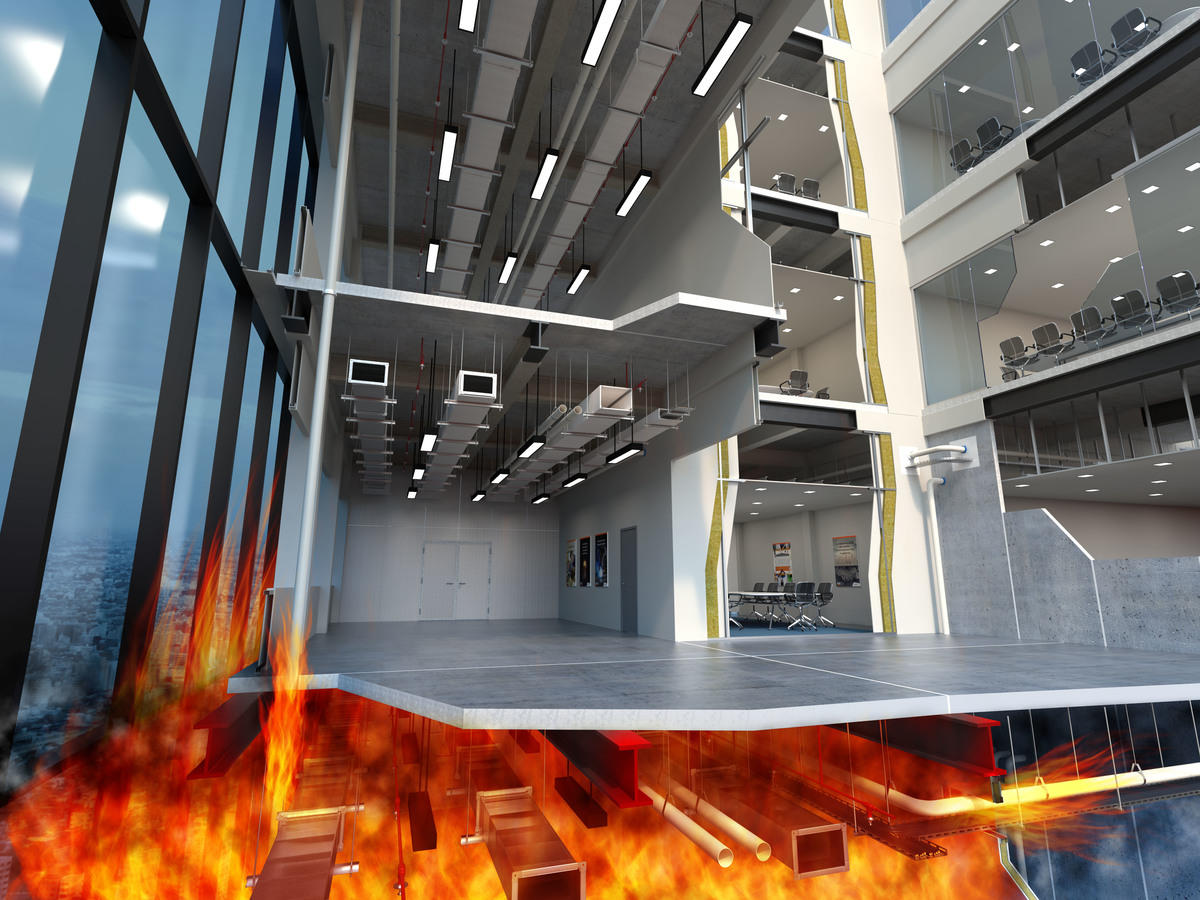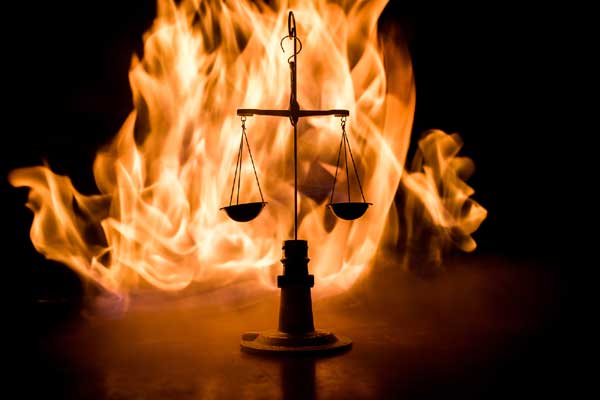
The All You Need to Know about Guide for 3rd Party Accreditation
Did you know that there are approximately 22,000 workplace fire-related incidents with...

Let one of our representatives take you around the system.

London has come a long way since the tragedy of the Great Fire of London in 1966 that engulfed the entire city and left only one-fifth of the city standing. Even though the casualties were limited, the loss of infrastructure was catastrophic with hundreds of thousands left homeless.
Now with the intervention of technology and modern ways, we as a civilisation are better equipped to overcome the throes of fire-related incidents. However, most people are still unaware of what entails fire safety in general, for instance, the difference between active and passive fire protection systems.
Did you know most businesses that experience a fire-related incident during the course of their operations either never re-open or find it difficult to recover from the ordeal altogether? Does it then not make sense to invest in both active and passive fire protection systems as a pre-emptive step?
In the course of this blog not only will we shed some light on the difference between active and passive fire protection systems but also why they are important to fire-proof any establishment.

Any fire safety equipment that requires some amount of motion or action to function efficiently in the occurrence of any fire-related incident is classified as an active fire protection system. The action may be voluntary like in the case of a fire extinguisher that requires the intervention of an individual or mechanical like a sprinkler that sets off when in contact with fire or smoke.
Their main job is to slow down the progression of fire once detected and try to put out as much as possible using water or foam as a source in most cases or using inert gases, halons and chemical powders in an attempt to protect control panels and switch rooms.

In contrast to active fire protection where some sort of force or action is required to put it in motion, for passive fire protection systems to optimally perform their job it is imperative that they are installed correctly.
Their main job is to compartmentalise the area where the fire has started and refrain it from spreading to other parts of the establishment to ensure the safe evacuation of the inhabitants and buy some time for the firefighters to arrive at the scene.
Both active and passive fire protection systems are pivotal to fire-proofing any establishment, business and people. Even though they both perform a set of distinctive functions, together they are someone’s best shot at safeguarding themselves against any fire-related incident.
Therefore, once active and passive fire protection systems have been installed it is imperative that they receive adequate maintenance by certified experts to ensure they are on par with industry standards.
Humans have a tendency to often forget petty details when working under pressure. This is where the intervention of technology comes in handy. With Onetrace, building owners, operatives and contractors can capture key information about a building’s fire integrity to ensure its active and passive fire protection systems are not compromised.
In addition, with a single click, you can generate a customised report that provides the details of all fire protection work conducted on a building. Using Onetrace’s reporting feature you can generate a report immediately, should a client ever require some information regarding a specific establishment, it will literally be just a single click away.
Interested to check out how Onetrace can be used to keep tabs on all information regarding a building? All you need to do is book a demo.
Disclaimer: The material and information contained on this website is for general purposes only. You should not rely upon the material or information on the website as a basis for making any business, legal or any other decisions. Whilst we endeavour to keep the information up to date and correct, Onetrace Ltd makes no representations or warranties of any kind, express or implied about the completeness, accuracy, reliability, suitability or availability with respect to the website or the information, products, services or related graphics contained on the website for any purpose. Any reliance you place on such material is therefore strictly at your own risk. Onetrace Ltd will not be liable for any false, inaccurate, inappropriate or incomplete information presented on the website. Although every effort is made to keep the website up and running smoothly, due to the nature of the internet and the technology involved, Onetrace Ltd takes no responsibility for and will not be liable for the website being temporarily unavailable due to technical issues (or otherwise) beyond its control or for any loss or damage suffered as a result of the use of or access to, or inability to use or access this website whatsoever.

The All You Need to Know about Guide for 3rd Party Accreditation
Did you know that there are approximately 22,000 workplace fire-related incidents with...

Learn All About Fire Doors in 5 Easy Pointers
“At the end of the day, the goals are simple: safety and security - Jodi Rell”

All You Need to Know about the Accountable Person and Fire Risk Assessment
Did you know there were 548,881 recorded incidents of fire by the end of June 2022 within the...